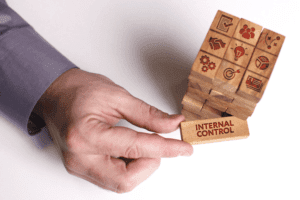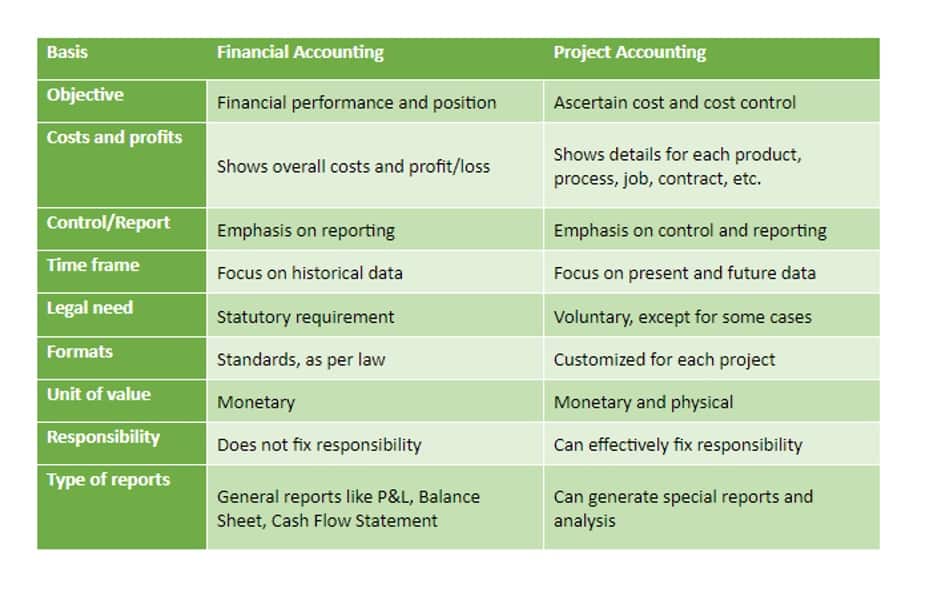
If you’re running a business, it’s important to understand accounting concepts well. These special accounts are used to track and report the financial status of specific areas or divisions within a company. Edgewater CPA Group discusses this and why you need control accounts to manage business finances effectively. For example, if there are 700 debtor accounts and you want to find out today’s credit sale made by MR. ABC, you can find this information in the specific customer credit sales. You have to check respective customer’s account receivable subsidiary ledger.
Double Entry Bookkeeping

Find out how GoCardless can help you with Ad hoc payments or recurring payments. However, if Taylor or anyone else wants to find out the amount that a specific customer still owes for their credit purchases, or when they bought the item, that won’t be shown in the control account. For example, if the sales account balance is transferred, the sales account will be debited, and the sales control account will be credited. Following are the accumulated balances of the figures that impact the ending balance of accounts receivables. To do so, we get accumulated balances that affect the movement of accounts. For instance, Accounts payable is effected by credit purchases, payment made to the supplier, purchase returns, and discounts received.
Debtors and Creditors Control Accounts Mini Quiz:
Control accounts, meanwhile, offer the opportunity for financial analysis by just showing the balances of each account. It’s basically a summary that provides clear and accessible insight into financial performance. In other words, control account enables us to reconcile the aggregated balance of the subsidiary ledger with the total balance to be used in trial balance. Accounting software will automatically categorize data and create control accounts and subledgers, allowing for simple data segmenting, as well as accurate accounting practices. Similarly, the “total purchases” figure of $3,900 in the creditors control account could be traced back to the purchases journal (which shows purchases on credit).
Control Account and the Double Entry System

Integrating control accounts in the WBS can strengthen the project governance model by creating subsets of project elements that can be managed with a unified focus. Control accounts help create points of intersection to eliminate possibilities of risks and gauge the performance of planned activities and the overall project. Imagine you shop monthly for groceries at a hypermarket, and even before you get there, you plan a specific category of items and allocate a budget according to your needs. A control account in PMP fulfills this very purpose, i.e., planning and managing expense categories, tracking variances, and implementing the required reconciliations to rectify accounts for errors. Take up courses on Project Management to build a foundational understanding of the PMP certification and project management practices.

- This account contains aggregated totals for transactions that are individually stored in subsidiary-level ledger accounts.
- For example, “accounts receivable” is the controlling account for the accounts receivable subsidiary ledger.
- WBS provides the overall hierarchy and structure utilizing which the control accounts are created and placed to monitor the cost and assess the performance of a symbolic work element.
- Control accounting both helps produce clean financial reports, and provides checks and balances for accurate reconciliation.
- And Fixed Asset accounts are used to track the acquisition cost, depreciation expense, and remaining life of major property and equipment items.
- To do so, we get accumulated balances that affect the movement of accounts.
To ensure accuracy of the ending balance for accounts receivables, we obtain accumulated figures for the credit sales, cash received, sales return, and discount allowed to construct the control account. While subsidiary accounts are critical for recording a company’s transactions, control accounts allow for high-level analysis by simply focusing on the balances of each account. They are especially important for reconciliation in large companies with a high volume of transactions when only the balance control accounts examples of the account is needed. Control accounts help project managers track costs and add earning rules to be applied for earned value analysis. They offer chargeback mechanisms for project-level tasks, activities, and resources to assess progress and track performance while reducing the PM’s efforts in managing finer project details.
Table of Contents
It is very important to note that a control account can have multiple work packages under it, while a work package will be under one and only one control account. This helps create a structure where items are monitored from the bottom of the project, building activity and assignment-based control processes. In both examples, the control accounts serve as focal points for monitoring and controlling project performance, integrating scope, budget, and schedule considerations. They facilitate effective management and decision-making, ensuring that projects are completed successfully and in line with stakeholders’ expectations. Subsidiary accounts are integral when it comes to recording company transactions.
Interested in automating the way you get paid? GoCardless can help
The vendor balance for Gus Grass is $0 and the accounts payable balance is $0. Since both are zero and match, it would not be necessary to prepare a schedule of accounts payable. If there is a balance, a schedule of accounts online bookkeeping payable would be prepared in the same manner as accounts receivable. Check your understanding of this lesson by taking the quiz in the Test Yourself! And right at the bottom of the page, you can find plenty more questions on control accounts submitted by fellow students. If you’re interested in finding out more about control accounts, then get in touch with the financial experts at GoCardless.

Related AccountingTools Courses
WBS provides the overall hierarchy and structure utilizing which the control accounts are created and placed to monitor the cost and assess the performance of a symbolic work element. WBS is the umbrella under which cost or control accounts are created and maintained. Control accounts are like a subset of activities on a WBS, with their scope, schedule, and budget to be monitored and controlled. In project management, a control account is a management control point where scope, budget, actual cost, and schedule are integrated and compared to the project management plan. It serves as a key element in the Work Breakdown Structure (WBS) hierarchy, representing a major deliverable or a group of related deliverables. With accounting software, the process of creating control accounts and subledgers can be simplified.
- Businesses should also perform regular audits to ensure accuracy and compliance with regulations.
- As we can analyze, that carried forward balance of the control account is equal to the closing balance in the general ledger, totaling to $180,000.
- Moreover, it bring forth accuracy of analysis because it provides double-check of ending balances of each account.
- They contain totals instead of amounts relating to individual debtors or creditors.
- A control account works as an adjusting and controlling account that summarizes and sums up balances of all subsidiary accounts’ information of a specific account type in a general ledger.
Trial Balance
It is also called a controlling account because it enables us to perform reconciliation control on the ending balance. This section will look at the transactions for Fooz Ball Town and how to post to subsidiary ledgers for accounts receivable and accounts payable. Traditionally bookkeepers or other accounts personnel perform a reconciliation on a regular basis between the control accounts (general ledger) and the total of the debtors or creditors ledger. For debtors, we compare the closing balance of the debtors control account in the general ledger to the total of all the closing balances of the individual debtor accounts in the debtors ledger.






